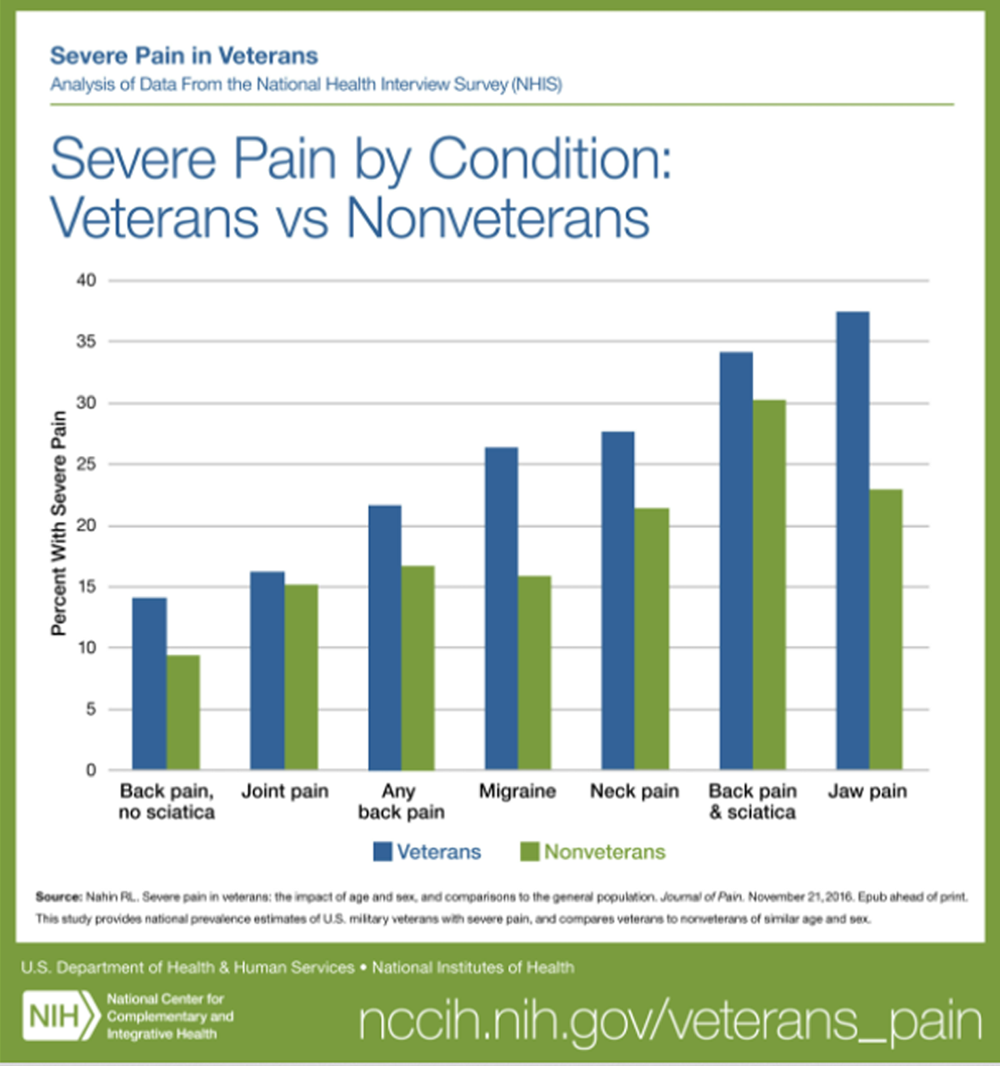Effect of Chiropractic Manipulative Therapy on Reaction Time in Special Operations Forces Military Personnel
SOURCE: Trials. 2019 (Jan 3); 20 (1): 5
James W. DeVocht, Robert Vining, Dean L. Smith, Cynthia R. Long, Thomas M. Jones and Christine M. Goertz
Palmer Center for Chiropractic Research,
741 Brady St,
Davenport, IA, 52803, USA.
BACKGROUND: Chiropractic manipulative therapy (CMT) has been shown to improve reaction time in some clinical studies. Slight changes in reaction time can be critical for military personnel, such as special operation forces (SOF). This trial was conducted to test whether CMT could lead to improved reaction and response time in combat-ready SOF-qualified personnel reporting little or no pain.
METHODS: This prospective, randomized controlled trial was conducted at Blanchfield Army Community Hospital, Fort Campbell, KY, USA. Active-duty US military participants over the age of 19 years carrying an SOF designation were eligible. Participants were randomly allocated to CMT or wait-list control. One group received four CMT treatments while the other received no treatment within the 2-week trial period. Assessment included simple hand/foot reaction time, choice reaction time, and Fitts’ Law and whole-body response time. On visits 1 and 5, the same five assessments were conducted immediately pre- and post-treatment for the CMT group and before and after a 10-min wait period for the wait-list group. Primary outcomes included between-group differences for the pre-CMT/wait-list period at visit 1 and visit 5 for each test. Secondary outcomes included between-group differences in immediate pre- and post-(within visit) changes. Analysis of covariance was used for all data analysis.
RESULTS: One hundred and seventy-five SOF-qualified personnel were screened for eligibility; 120 participants were enrolled, with 60 randomly allocated to each group. Due to technical problems resulting in inconsistent data collection, data from 77 participants were analyzed for simple hand/foot reaction time. The mean ± standard deviation (SD) age was 33.0 ± 5.6 years and all participants were male. No between-group statistically significant differences were found for any of the five biomechanical tests, except immediate pre- and post-changes in favor of the CMT group in whole-body response time at both assessment visits. There were four adverse events, none related to trial participation.
There are more articles like this @ our:
CONCLUSIONS: A single session of CMT was shown to have an immediate effect of reducing the time required for asymptomatic special operation forces (SOF) qualified personnel to complete a complex whole-body motor response task. However, sustained reduction in reaction or response time from five tests compared with a wait-list control group was not observed following three sessions of CMT.
TRIAL REGISTRATION: ClinicalTrials.gov, NCT02168153 Read the original proposal here
KEYWORDS: Chiropractic; Military; Reaction time; Response time; Special Operations Forces; Spinal manipulative therapy
From the FULL TEXT Article:
Background
United States military special operation forces (SOF) personnel are required to maintain high levels of physical fitness and the ability to perform activities requiring quick reactions to diverse situations, including those that can be life-threatening. Therefore, a high level of neurological function is one necessary component of maintaining the combat readiness of SOF personnel.
Efficient conscious and unconscious processing of sensory information resulting in coordinated motor responses are necessary for activities requiring prompt reactions to different sensory stimuli. Compromised sensory stimulus transmission, interpretation of such stimulus, or improper synchronization of responses can result in delayed, inaccurate, or uncoordinated reactions. Theoretically, any dysfunction within these complex neurological pathways, which may not be observable via symptoms, could lead to aberrant reactions or delayed reaction and/or response times. [1]
Spinal manipulation, the primary treatment delivered by doctors of chiropractic is thought to impart some of its therapeutic benefit through several complex neurological mechanisms involving both spinal and cortical regions of the central nervous system. Research indicates that spinal manipulation causes plastic changes in sensorimotor integration within the central nervous system in human participants, particularly within the prefrontal cortex. [2, 3] Spinal manipulation appears to alter the net excitability of low-threshold motor units, increase cortical drive, and prevent fatigue. [4] These neurological mechanisms may explain improved reaction time [5], movement time [6, 7], motor control [8], and muscular strength [9] following spinal manipulation. Kelly et al. found a significant improvement in a complex reaction time task after receiving spinal manipulation. [5] Both Smith et al. [7] and Passmore et al. [6] reported that hand and head movements in response to visual stimuli were completed more quickly after participants received spinal manipulation. Daligadu et al. [10] reported results from 10 volunteers with subclinical neck pain who completed specified keypad input sequences more quickly after receiving spinal manipulation. No adverse events (AEs) were reported in any of these studies.





Leave A Comment